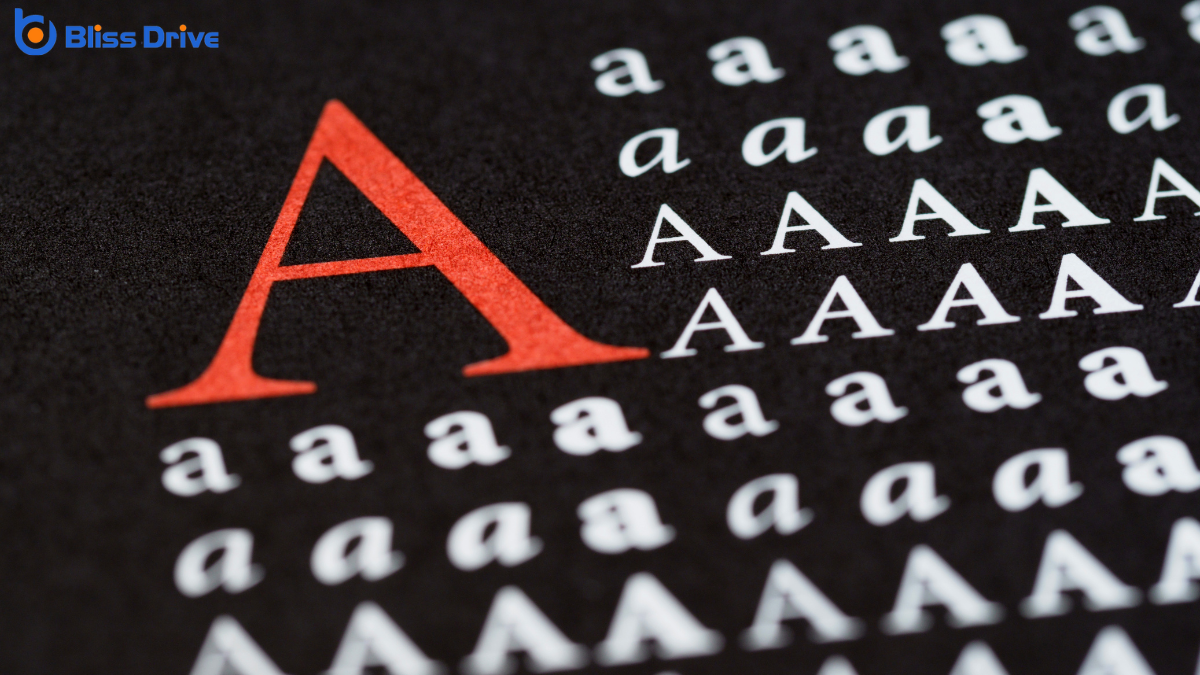Learn More About Us

You're aware that fonts can profoundly impact your website's performance, but optimizing them for speed doesn't have to be intimidating. By choosing modern formats and leveraging efficient loading strategies, you can enhance the user experience. Imagine reducing load times and improving site responsiveness just by tweaking your font settings. Curious about how to implement these changes effectively? Let's uncover the techniques to streamline your fonts and boost your site's performance.
When considering website performance, it’s important to understand how fonts can greatly impact loading times and user experience. You mightn't realize it, but the fonts you choose can make or break your site's speed. Each font file is a resource that needs loading, and larger files slow things down.
If your site takes too long to load, visitors might leave before they even see your content. That’s why optimizing fonts is vital.
You should know that using too many font variations or weights can increase file sizes, leading to longer load times. Be mindful of how many different fonts you incorporate.
Choose wisely, and your site won't only look great but also perform efficiently, ensuring visitors stay engaged and satisfied.

To optimize your website's speed, selecting the right font formats is essential.
You should consider modern formats like WOFF2 and understand their compatibility with various browsers to guarantee smooth performance.
Selecting the right font formats is essential for web performance. Modern web fonts come in several formats, each offering distinct advantages.
Web Open Font Format (WOFF) and its successor, WOFF2, are popular choices for their compression efficiency, reducing load times. They’re widely supported across browsers, ensuring your site looks consistent everywhere.
TrueType Fonts (TTF) and OpenType Fonts (OTF) are commonly used but can be larger than WOFF formats, impacting speed. You might also encounter Embedded OpenType (EOT), which was essential for older Internet Explorer versions but is less relevant now.
Scalable Vector Graphics (SVG) fonts allow for complex designs but aren’t typically used for body text due to compatibility issues.
Understanding font format compatibility is vital for guaranteeing your website performs effectively across diverse environments.
You need to take into account the variety of browsers and devices your audience uses. Not every font format works universally, so choosing the right ones is essential.
WOFF (Web Open Font Format) is widely supported and optimized for web use. TTF (TrueType Font) and OTF (OpenType Font) offerThe specific product or service being promoted by affiliates. good compatibility but can be heavier. EOT (Embedded OpenType) is mainly for older versions of Internet Explorer. SVG fonts are less common now but useful for older iOS devices.
When optimizing your website's performance, the choice of font formats plays a crucial role. Different formats impact speed and compatibility.
Here's a quick guide to help you choose wisely:
To make your website load faster, start by selecting only the essential characters for your fonts.
By doing this, you can greatly reduce the font file size, which improves loading times.
You'll not only enhance performance but also provide a better user experience.
Although it might seem trivial, selecting essential characters plays a crucial role in optimizing font performance. By focusing on only the characters you need, you enhance your site's speed and efficiency.
Here's how you can make smart choices:
Font file size greatly impacts your website's loading speed, making it vital to streamline these files through font subsetting. By focusing on only the characters you actually use, you can markedly reduce font file sizes. This means removing unnecessary glyphs, languages, and styles that your site doesn't need.
Subsetting is a smart strategy for keeping your site nimble and efficient. Tools like Font Squirrel and Google Fonts offer options to subset fonts easily, ensuring you only load what's required.
When you cut down on excess, your site becomes faster, providing a better experience for users. Plus, smaller font files use less bandwidth, which can be important if you have a global audience accessing your site.
Optimize smartly, and your users will thank you.
When it comes to web font loading strategies, three key techniques can greatly enhance your site's performance.
By focusing on how fonts load, you can minimize delays and improve user experience.
Here's what you should consider:
These strategies guarantee fonts enhance rather than hinder performance.

To get the best performance from your fonts, you should minimize font file requests by using CSS to specify only the necessary font weights and styles.
Implementing font-loading strategies like font display can also guarantee that text remains visible while fonts load.
With these techniques, you'll enhance your site's speed and user experience.
Reducing the number of font file requests can greatly enhance your website's performance. When your site loads fewer fonts, it speeds up, improving user experience.
Here's how you can achieve this:
These steps will make your site snappier and more efficient.
Although optimizing font file requests is essential, implementing strategic font loading can further enhance your site's performance.
Start by using the `font-display` property in CSS. This controls how fonts are rendered during loading. Consider using `font-display: swap;` to guarantee text remains visible while fonts load. It swaps the fallback font with the custom one once it's ready, preventing invisible text issues.
Additionally, preload key fonts with the `` tag. This tells the browser to prioritize loading fonts, reducing delays.
Combine this with `rel="preconnect"` to establish early connections to font servers.
Finally, limit the use of multiple font weights and styles to what’s necessary, guaranteeing faster load times. These strategies keep your site's typography efficient and visually appealing.
When it comes to optimizing web performance, variable fonts offer an innovative solution that combines versatility and speed.
Unlike traditional fonts, variable fonts allow you to use a single font file to achieve multiple styles and weights. This means you can reduce the number of font files your site needs to load, which enhances speed.
Here's how variable fonts can benefit you:
Loading fonts efficiently is essential for optimizing web performance, and prioritizing vital font loading is a key strategy.
You should focus on loading only the necessary fonts initially to display your content quickly. Identify the fonts critical for your site's primary content and guarantee they load first. By doing so, you minimize the risk of your visitors encountering the dreaded blank spaces or fallback fonts while waiting for the rest to load.
Use the "font-display" CSS property to control how fonts are rendered. Set it to "swap" so the browser shows fallback fonts immediately, then swaps them with the desired fonts once they load.
This approach enhances perceived performance without sacrificing aesthetics. Remember, a fast site keeps visitors engaged and improves user satisfaction.

Speed is essential, and caching fonts can greatly improve load times. By storing fonts locally on your user's device, you guarantee that the font files don’t need to be downloaded again, making subsequent page loads faster.
Here’s how you can effectively cache fonts:
Although optimizing font delivery is vital, you can further enhance performance by minimizing font requests through preloading. Preloading allows you to instruct the browser to fetch specific fonts ahead of time, reducing initial load times.
By using the `` tag in your HTML, you tell the browser which fonts are priorities, guaranteeing they're ready when needed. Choose your most important fonts to preload, typically those used in headers or main body text.
This approach prevents delays caused by font swapping or flashing during load. It’s essential to specify the correct font type, such as `font/woff2`, to guarantee compatibility.
Implementing preloading effectively requires understanding your site's structure, but it greatly boosts user experience by reducing delays.
To guarantee ideal font performance on your website, regular monitoring and testing are essential practices. By doing so, you can identify potential issues before they affect user experience.
Here’s how you can keep your fonts in check:
Optimizing fonts for speed is essential to enhancing your website's performance. By choosing modern formats like WOFF2, implementing font subsetting, and leveraging smart loading strategies, you can greatly reduce load times. Use the `font-display` property to guarantee fonts don’t block other resources and prioritize critical font loading. Don’t forget to use CDNs for effective caching and minimize requests with preloading. Regularly monitor and test your setup to maintain peak performance for your visitors.
